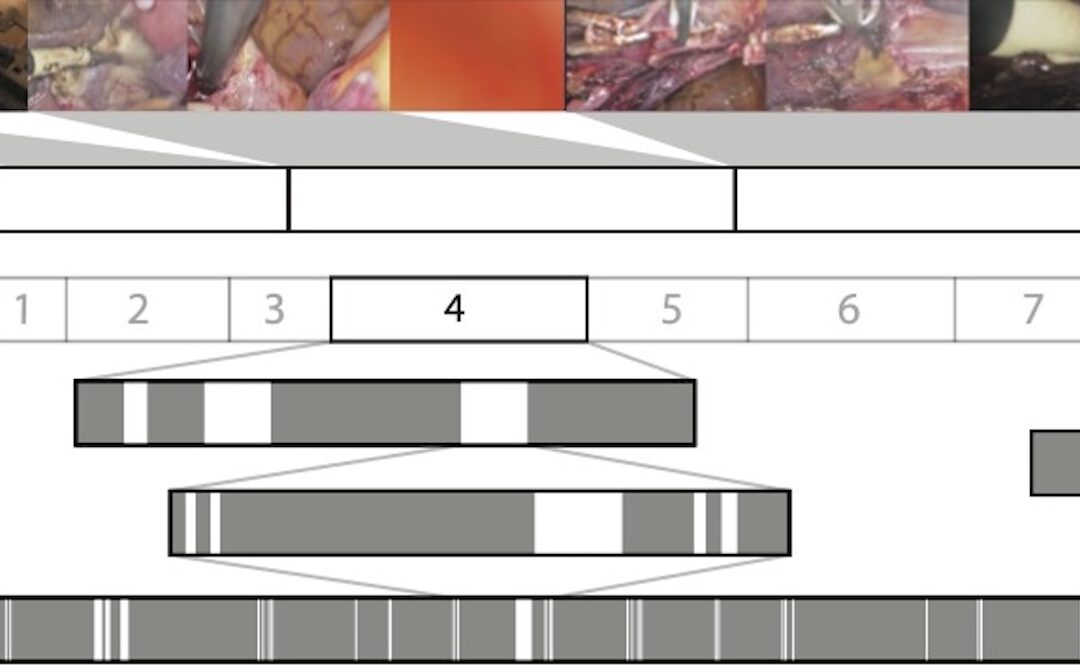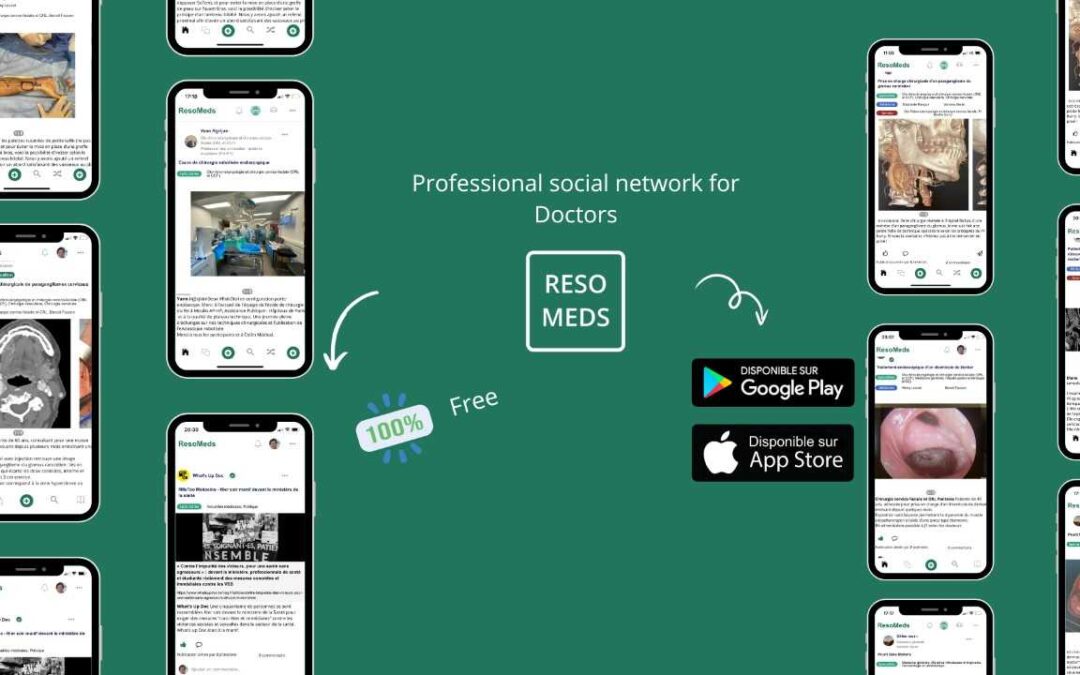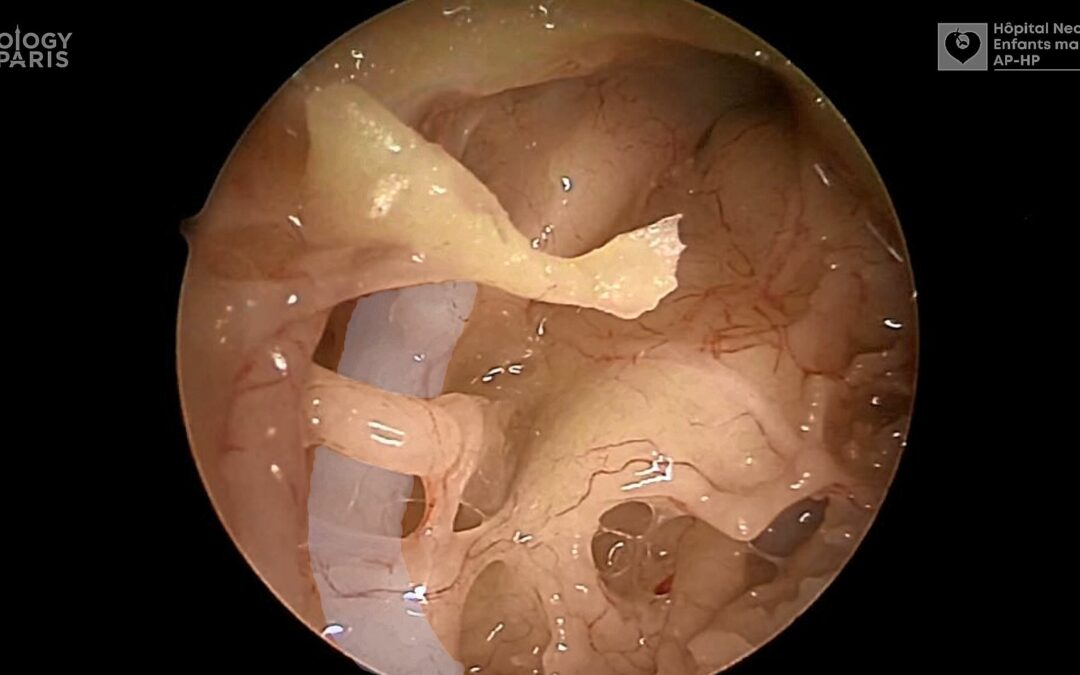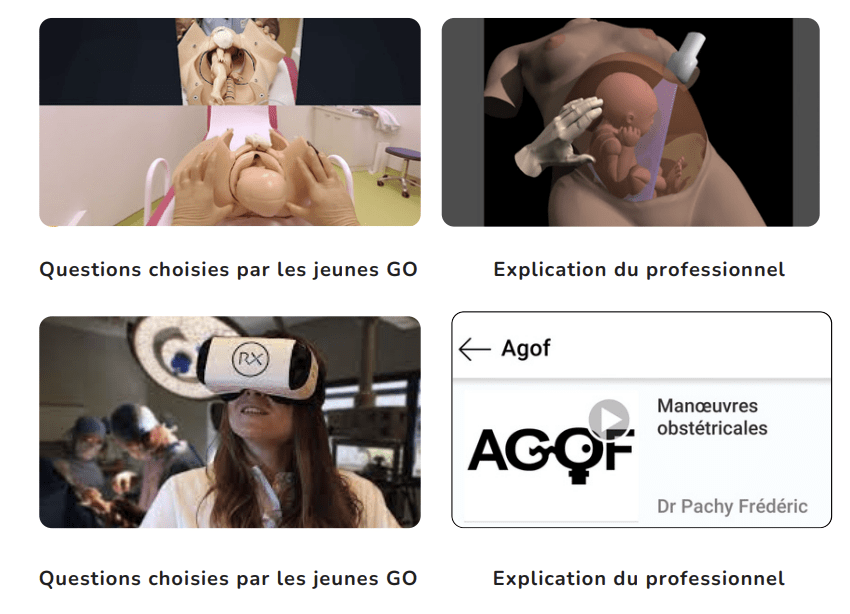LinkedIn, Instagram, X (formerly Twitter)… These new platforms, widely used in the world of surgery as information platforms, are also interesting for relaying educational content, such as surgical videos. However, their use is subject to a number of codes.

Professional networks
Several social networks (LinkedIn, Facebook and Twitter) are particularly well suited for professional use.
Why promote a surgical video on social networks? While some networks are not appropriate for this content (and are even proving dangerous, as they play an influencer role with millions of young people, following the example of Tiktok), others are on the contrary very popular and support the two main aims of this format, ie:
- the educational side, since these platforms make it possible to offer surgical video to a greater number of surgical students and residents ;
- medical research, since it will in fact be accessible to more surgeons and health researchers, fuelling debate, technical advances, the dissemination of information and communication between teams.
The most relevant social networks are Facebook, LinkedIn and Twitter. They are home to large communities of healthcare professionals.
But publishing on social networks, whichever they are, follows a series of codes, some common to all, some specific to each network.
That’s why this article will look at all aspects of communication on the networks, from disseminating surgical images to the general public to the specific features of each channel, not forgetting the points to bear in mind and the combination of actions to put in place to maximise visibility.
Promoting your video on social networks: a few general points
While each social network has its own characteristics, they all operate in a similar way. They are divided into several parts, the two most important of which are:
- news feed, which lists the most recent publications by people you follow on the network in question, and popular posts in your network ;
- the personal page, which generally brings together publications you’ve made yourself and those you’ve reacted to (shared, commented on or ” liked “).
A post, or publication, is made up of several elements: a text, or “caption”, which can be likened to a statement by the person posting; an image or video, which support the description; and interaction from other Internet users, often in the form of reactions (“likes”), comments or shares.

LinkedIn is the leading social network for professionals, with numerous groups and communities for surgeons.
Share a surgical video
We’ll be focusing on how to relay a surgical video on social networks.
- The ” caption “ will quickly summarise what the shared video is about, the purpose of a surgical video and any content warnings.
- The image can show an operating theatre, surgical tools, and inform the viewers. It often incorporates text and keywords, laid out aesthetically, like a thumbnail. It can be taken from the video, from a photo taken in the operating theatre or retrieved from an image bank.
- As an alternative to still images, the teaser is a dynamic way of presenting the content of the video in summary form. On social networks, if it’s subtitled and well produced, it’s particularly effective, especially as some networks value videos (Twitter and Facebook, for example). In this case, it is preferable to load the teaser natively on the network, rather than putting an external link leading to the content.
To find out more: the law of networks
On social networks, sharing a publication from time to time is not always enough. Without implementing an advanced marketing strategy, however, it is advisable to express yourself regularly. It’s a way of building a network and a readership, positioning yourself as an expert on your subject, and asserting the quality of your content.
Without going that far, encouraging interaction, comments and sharing of a publication is an excellent way of making it more visible. There are several methods, depending on your preferences. The best known is undoubtedly to engage your audience in the “caption”, by asking them a question for example.
Another thing : sharing articles (written by yourself or not), other publications, videos, will create interest around your own content. By linking a video on tonsil surgery and an article on the post-operative remission in that procedure, for example, you attract the viewers’ attention and encourage them to go further in their research.
In practice, making yourself visible on the networks take time, but it’s worth it.

Spreading the word in your community
Social networks are a great way of interacting with medical and surgical communities.
Codes and uses of social networks
However, each social network has its own codes and its own way of working. The three social networks most used by healthcare professionals are LinkedIn, X (previously Twitter) and Facebook.
- LinkedIn is a professional network. This aspect must therefore be developped, by completing your profile, your description, creating an expert image. The advantage of this network is that the surgical video can be relayed within groups whose theme is surgery and medical training, and thus target the audience much more easily.
- X (previously Twitter) helps disseminate information, research and politics. This is where people come to find news about their field, information, it’s also where debates are created. This platform works with hashtags, keywords that reference publications. Finding relevant hashtags for a surgical video will, once again, enable you to target your audience. A brief search will allow you to select those that should be used as a priority (#surgicalvideo, #surgery, #aesthetics, etc.).
- Facebook, finally, is a network at crossroads. It allows you to address both a professional and an personal network, mostly in a specific age-group of people between 25 and 49. Two options:
- Sharing your surgical video on a professional page makes it accessible to more people. There’s a chance that the audience won’t be the one you expect since these pages are visible to everyone;
- posting the video on a group talking about surgery or medical training will give it a smaller audience, but it will only be made up of people interested in and concerned by this type of content.

Going beyond your personal network
Social networks allow you to share information with a huge network of people with whom you would otherwise be unable to interact.
Surgical videos: warnings and disclaimers
With its powerful images, the surgical video is in a class of its own. And its specific characteristics need to be taken into account when relaying it on social networks.
Sensitive content
Quite naturally, a surgical video will include open wounds, incisions, blood. Not everyone is ready to be confronted to these images. And while this format is primarily aimed at students and surgeons accustomed to these graphic images, unsuspecting people may still view the video.
It is therefore important to warn people as much as possible about these points of attention, by means of ” disclaimers “, even if the social networks are equipped with a system of censorship and warning in the case of sensitive images.
Applying blurring filters to the most sensitive images is also a must.
Data protection and anonymity
Surgical procedures are subject to medical confidentiality, image rights, and more specifically to the protection of patient anonymity . As previously stated, surgical video must be anonymised. This is a key feature.
From the moment it is posted online, the surgical video no longer belongs to the person uploading the content: any content posted online can be shared and circulated in communities, and the number of versions available online is multiplying. It is therefore impossible to guarantee that it will be completely deleted once it has been published. It is strictly forbidden to allow the person being operated on to be recognised in images that are broadcast. Anonymisation of the video, teaser and thumbnail must therefore be imperative.
In fact, this is one of the most divisive issues, and the source of debates about the channels to broadcast surgical videos: should you choose specialised sites with limited access, or free-access streaming platforms such as Youtube?
Read more

Surgical Video Summarization: Multifarious Uses, Summarization Process and Ad-Hoc Coordination
While surgical videos are valuable support material for activities around surgery, their summarization demands great amounts of time from surgeons, limiting the production of videos. Through fieldwork, we show current practices around surgical videos. First, we...

ResoMeds: a social network sharing videos
Case reports enrich medical knowledge and training, and improve practice [1-4]. However, their publication is often limited in existing journals [5]. We aim to highlight the importance of creating a platform for physician exchange to promote peer learning, case...

Videos improve knowledge retention of surgical anatomy
In otolaryngology, a new publication shows that an educational video improves anatomy learning and knowledge retention in the long term. This study conducted by the ENT team at Necker-Enfants Malades, APHP (Université Paris Cité) and led by Pr François Simon shows the...

Surgical videos: using the most efficient medium. AGOF’s associative experience
In 2010, the French National Authority for Health (HAS) issued the famous slogan for apprentice surgeons: "Never perform surgery on a patient for the first time" (1). It is sometimes difficult for a young surgeon to accept that he or she has not received sufficient...
